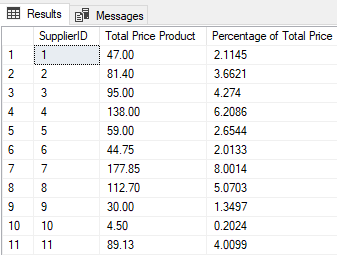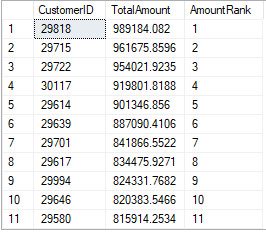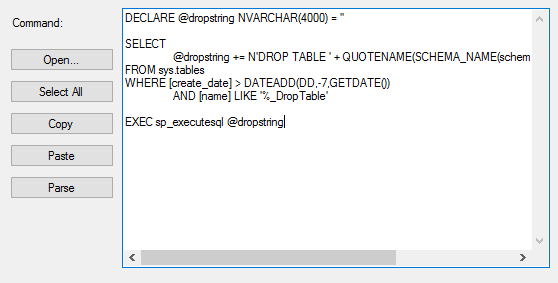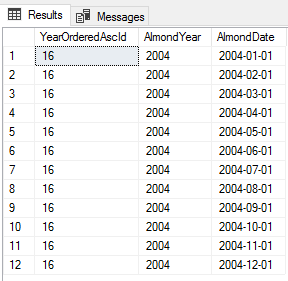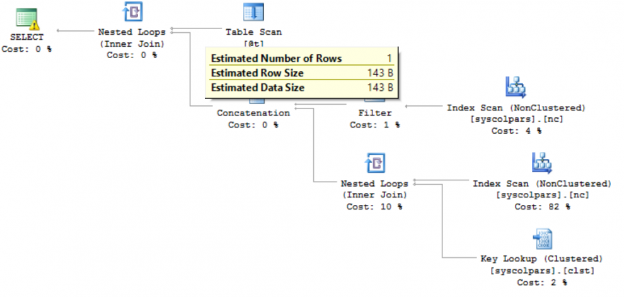In this article, you will see the different ways to calculate SQL percentage between multiple columns and rows. You will also see how to calculate SQL percentages for numeric columns, grouped by categorical columns. You will use subqueries, the OVER clause, and the common table expressions (CTE) to find SQL percentages.
Read more »
